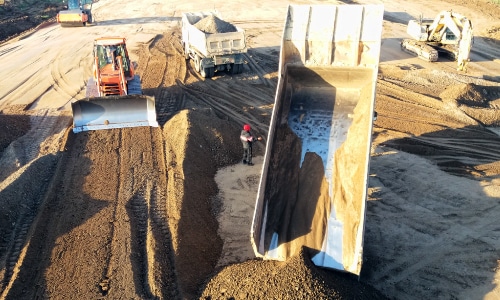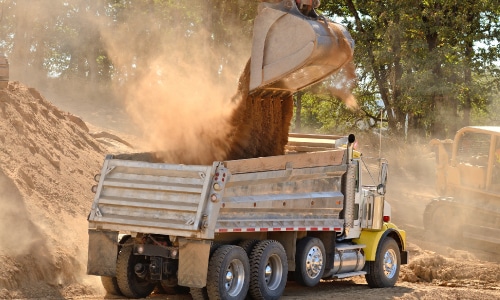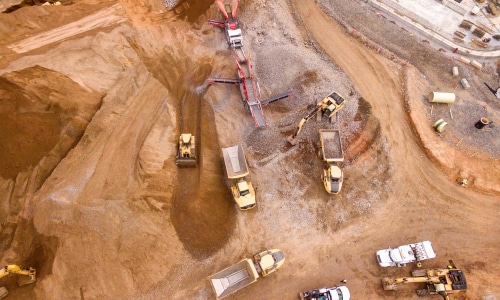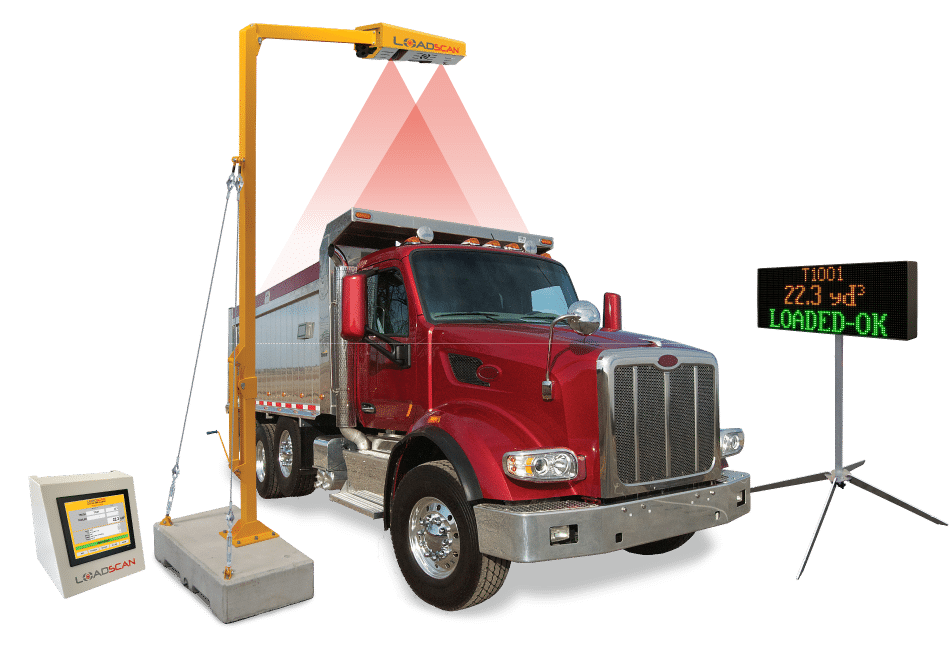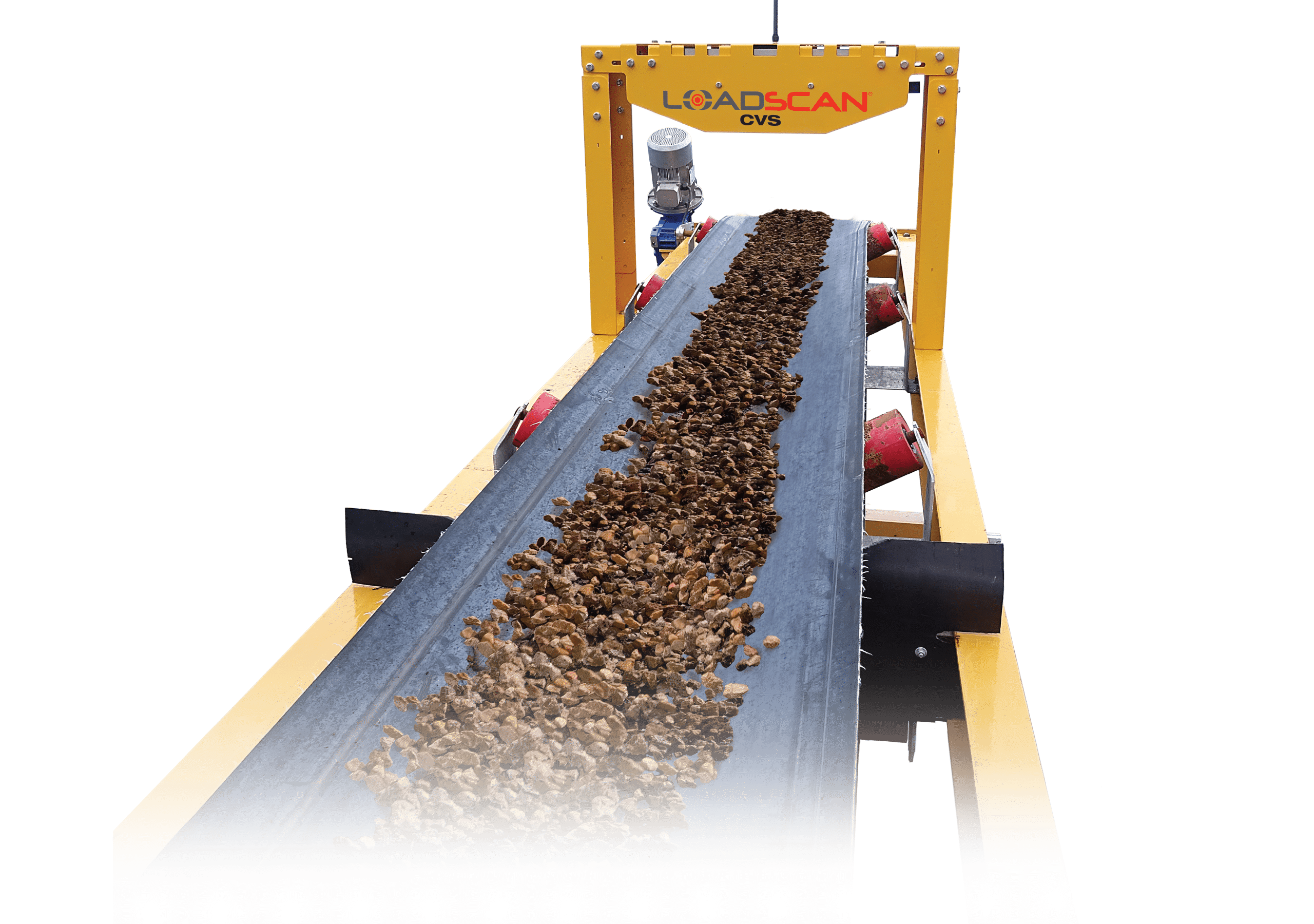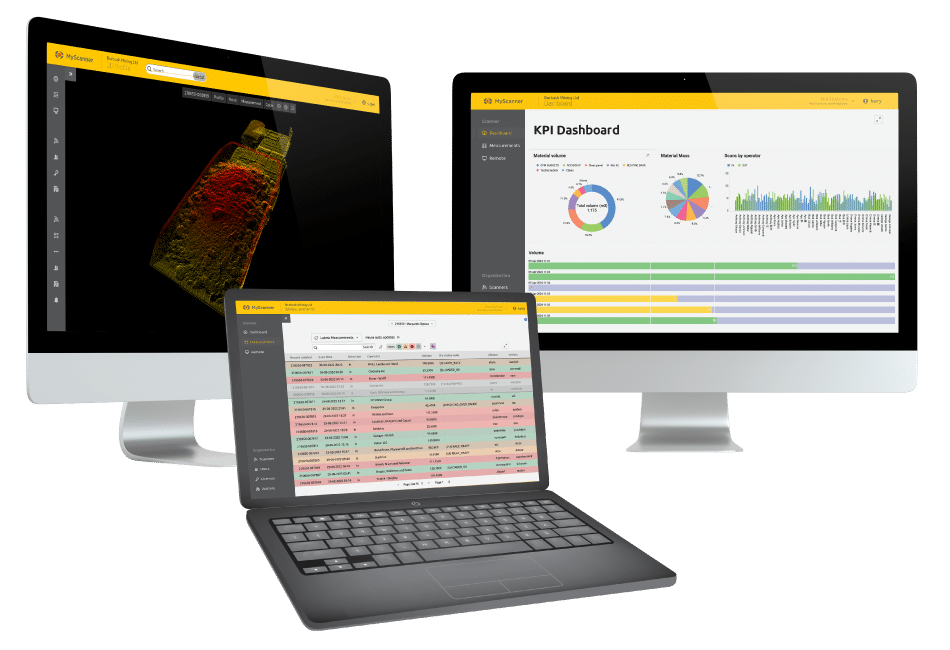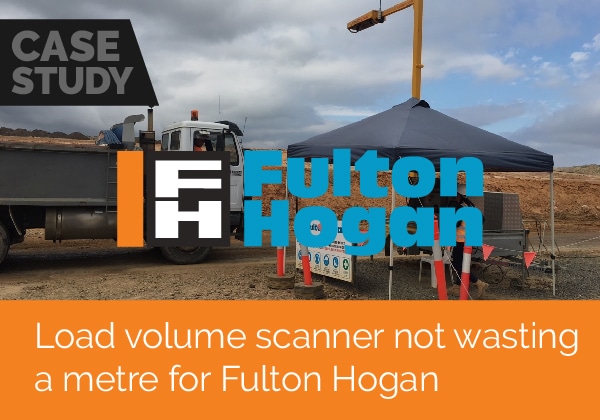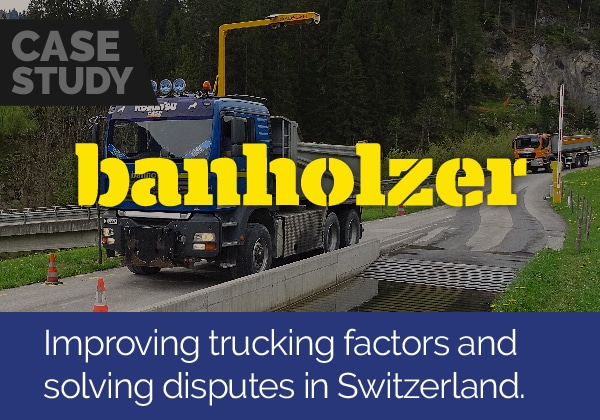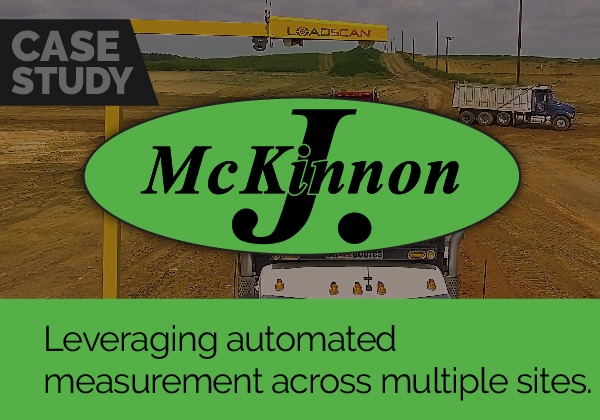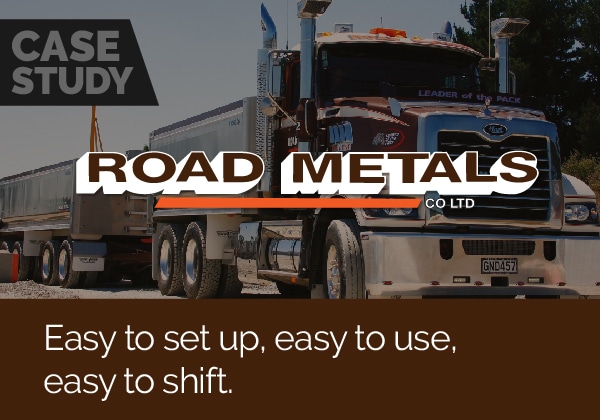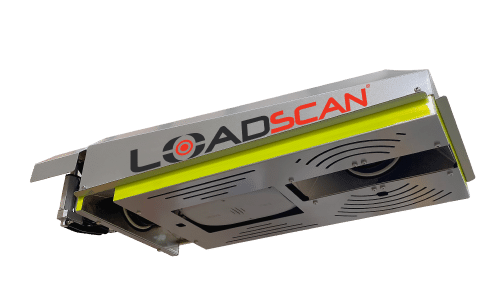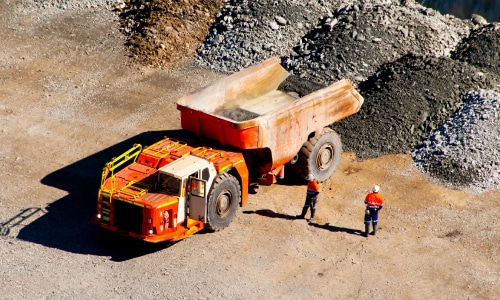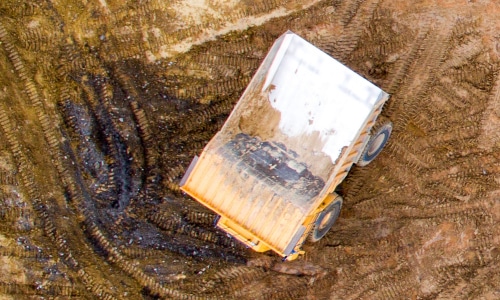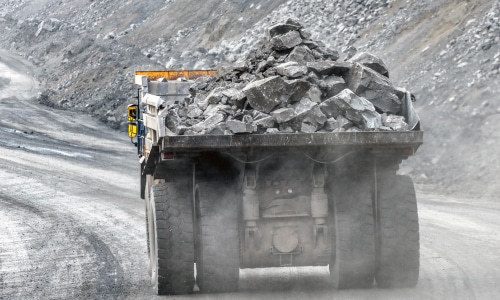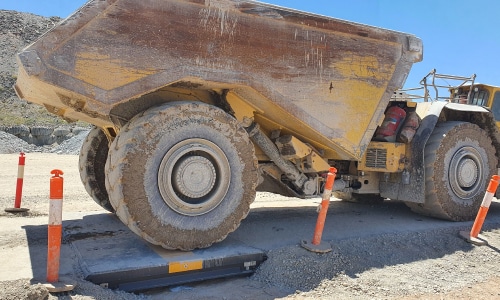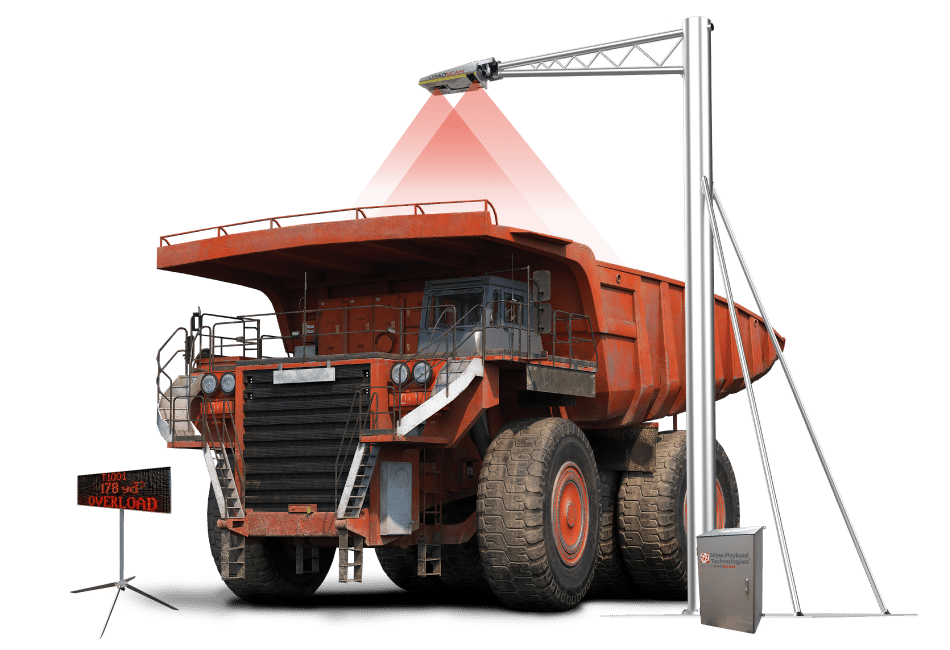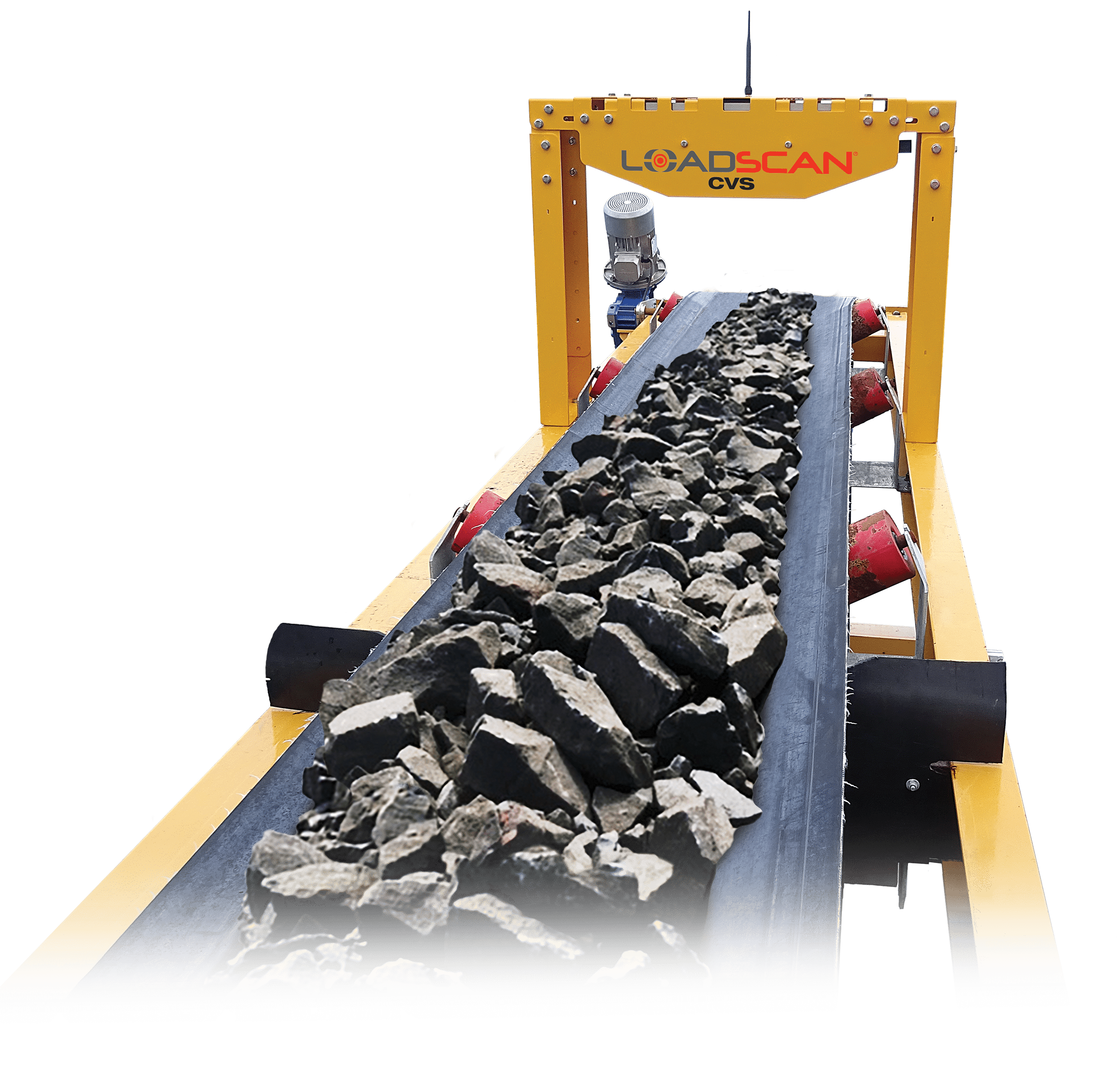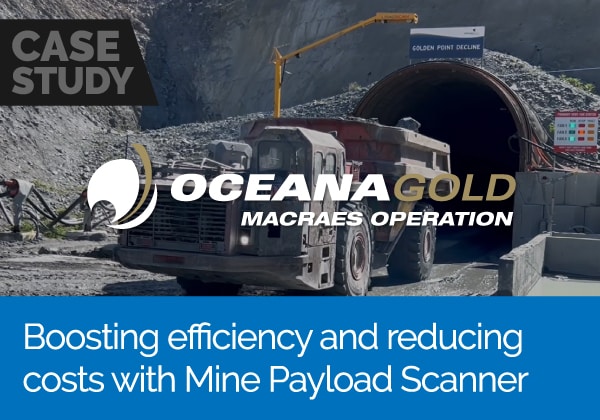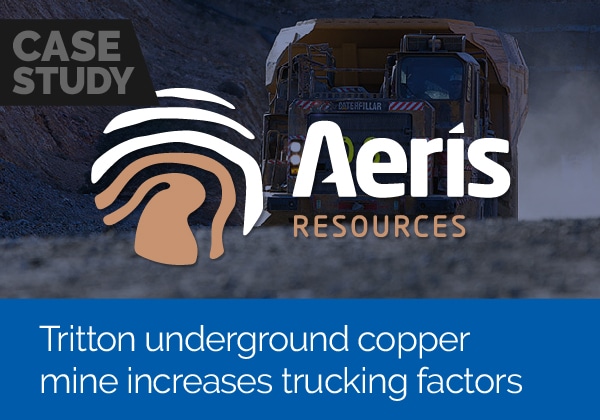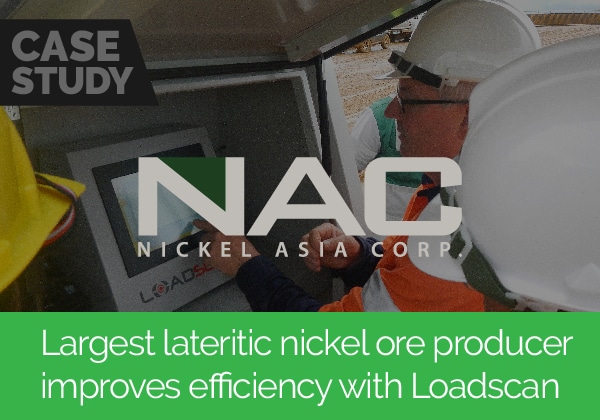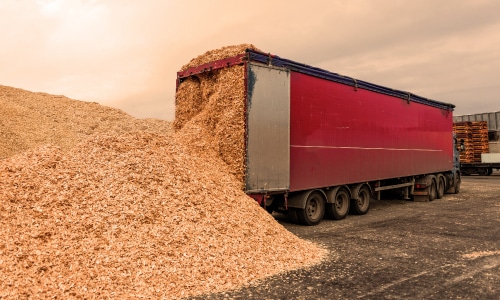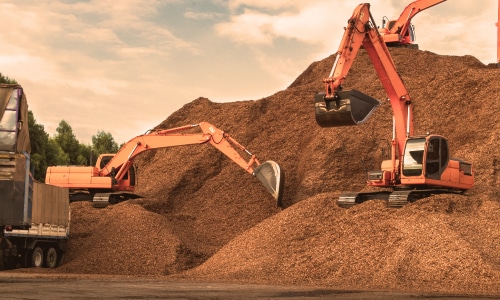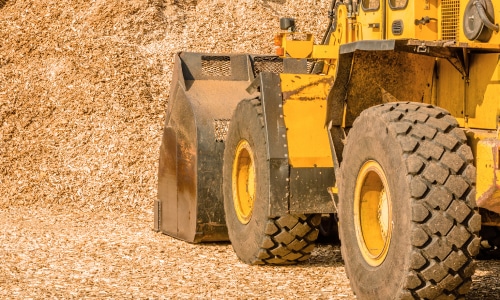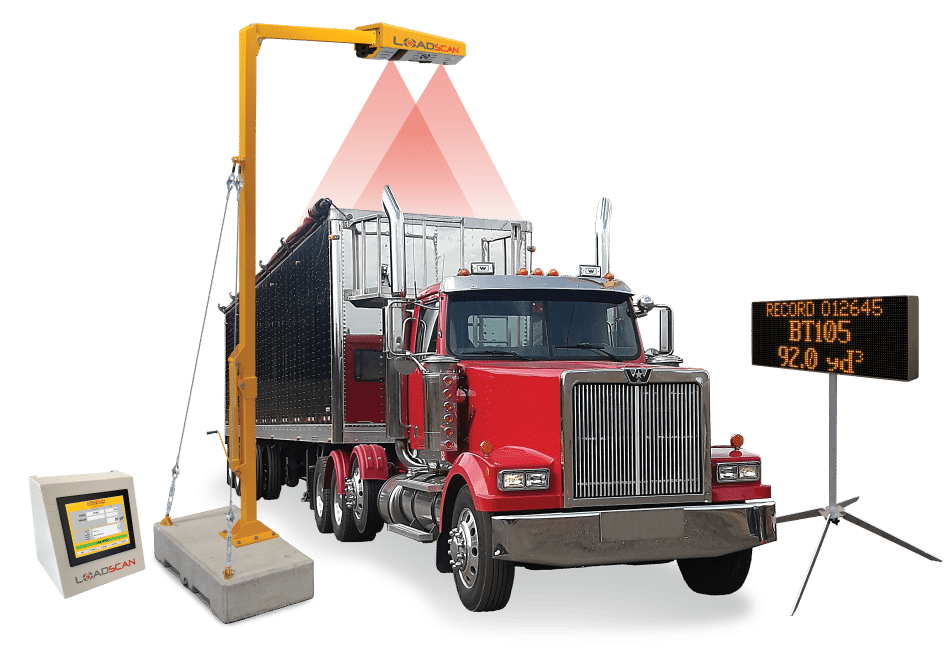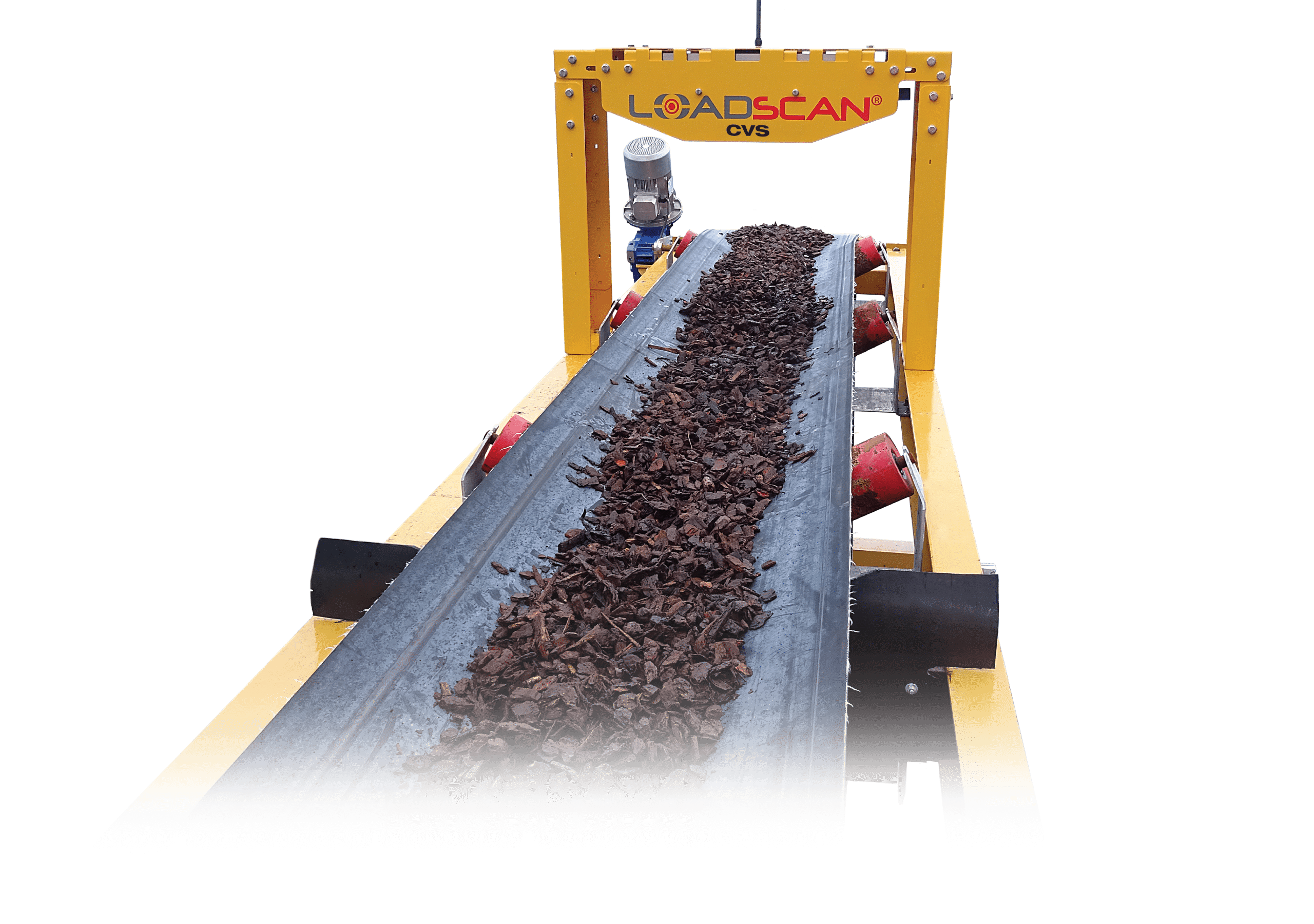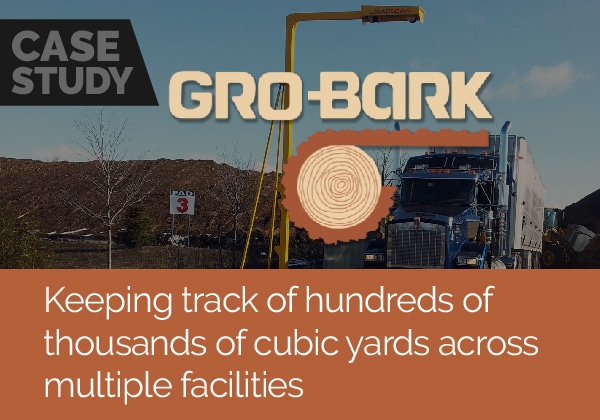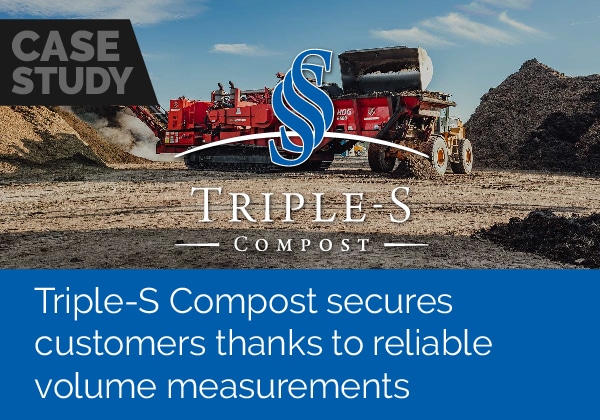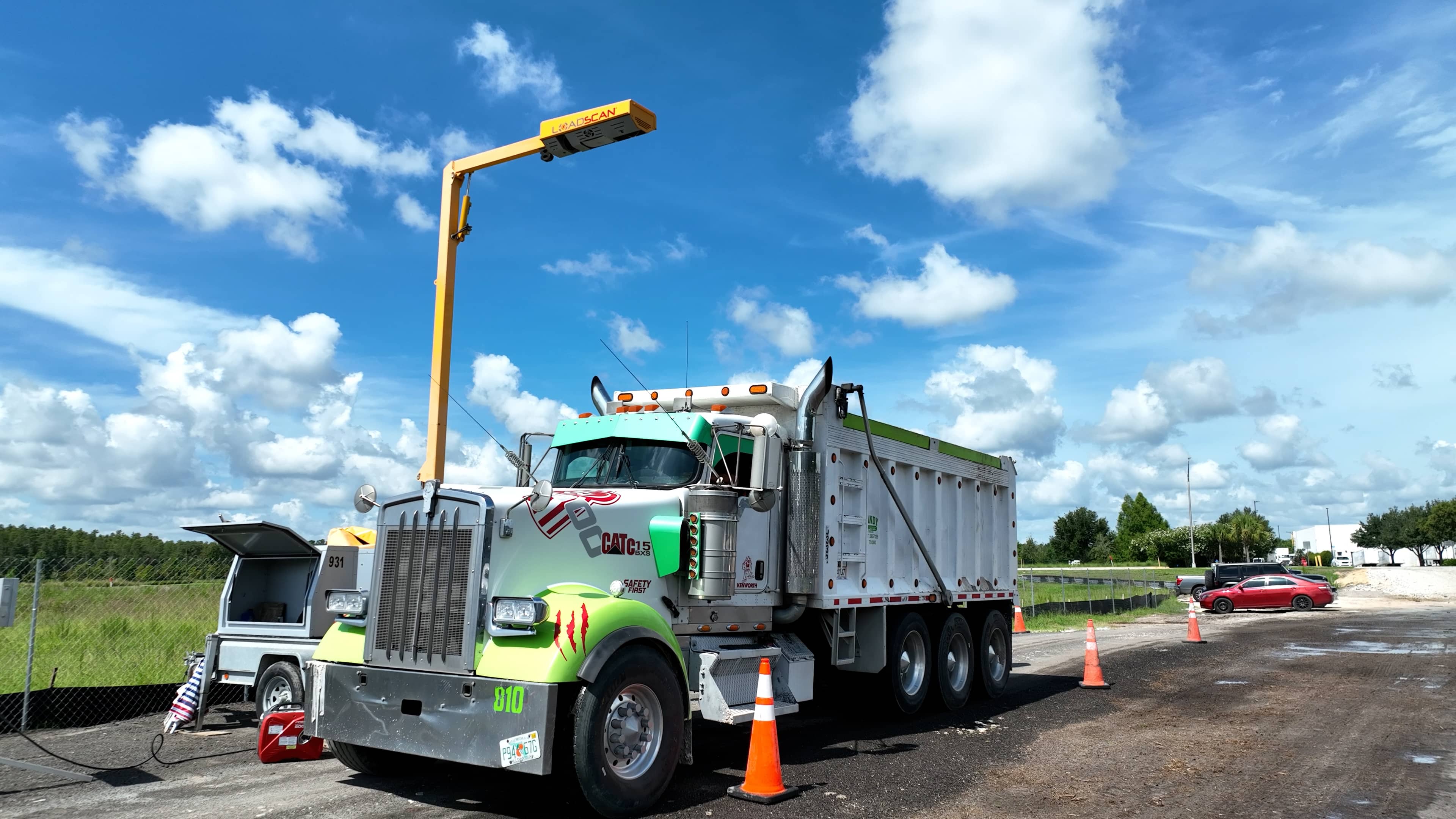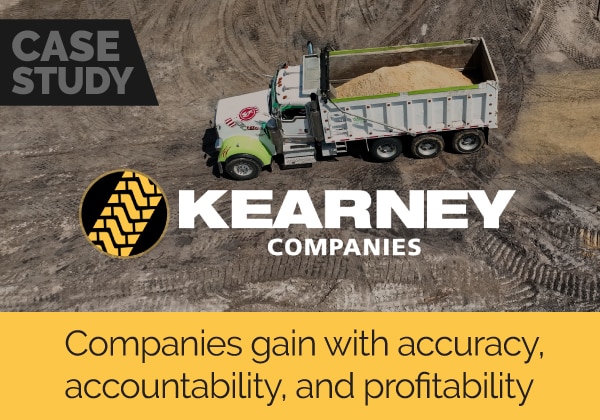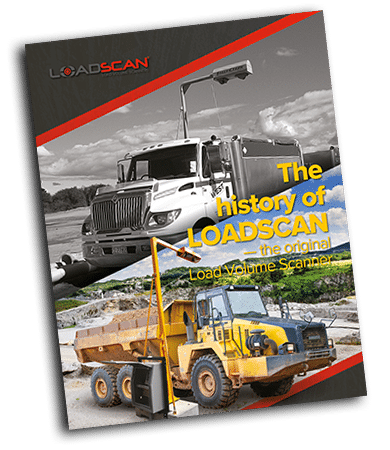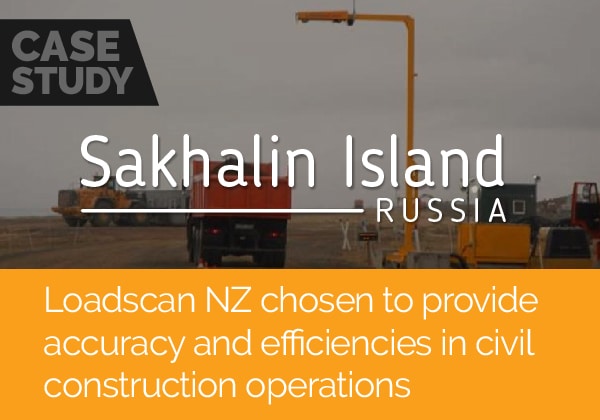How volume scanning reshapes customer relationships Tracking material volumes across multiple sites is a [...]

Loadscan simplifies quarry operation in Waikato, New Zealand
Project Details
| CATEGORY: | Quarries |
| LOCATION: | Waikato, New Zealand |
| PRODUCT: | LVS-3BMF |
| WEBSITE: | shawsquarries.co.nz |
From Kaipaki Rd on the outskirts of Cambridge in the Waikato, the only sign of Shaw’s Quarry is the sign at the gate and the yellow Loadscan volume scanner perched down the end of the driveway.
Shaw’s Quarry is a 7m deep sand pit situated right in the heart of some of the best farming land around…and that’s exactly how Operations Manager Dave Marinkovich expects it to look once the quarry has reached the end of its operable life.
“It’s very important. It was a working farm prior to being quarried, and that will be the aim once it’s finished, so repatriation is a big part of what we’re doing,” he says.
Initially, the pit was planned for a 15-year operation over approximately 40 hectares but, with an increase in truck movements, it’s now expected the life span will last between 7-10 years before the sand supply has reached its limit and the incoming clean-fill has repatriated the site.
“We still have a limit of 200,000 cube a year which, at the moment, we’re pretty much right on target to meet,” Dave says. “Luckily enough we’re almost matching clean fill in with sand out at the moment.”
Along with ensuring the quality of the clean fill is maintained – which is done through regular and rigorous testing – understanding the volume of fill entering the site is almost as important as measuring the volume of sand going out to construction sites around the region, which is where the Loadscan-supplied LVS-3BMF load volume scanner (LVS) really plays its part.
“We put the Loadscan in because we were after the most simple operation that we could have,” Dave says.
“A lot of the sand that comes out of here is for construction; there’s a lot of land development that’s going on in the Hamilton and Cambridge region at the moment and, obviously, with the quantity surveying that happens around that, a lot of them have big ideas as to how much clean fill needs to come out and also how much sand in.
“They’re obviously not working in weights when they’re doing those sorts of surveys, so it’s a great crossover between what they need and what we put out in terms of looking at volumes rather than weight.”
The block-mounted LVS unit is conveniently situated for trucks leaving the site with sand, as well as those entering with clean fill, with adequate room for trucks to queue if demand is high.
“Essentially we’ve got two diggers with two operators, and the Loadscan really simplified our operation,” he says. “It’s nice and easy to use. The truck drivers are all familiar with it, and it also helps in the background with all of our invoicing and reconciliation with looking at our volumes and sticking to the volumes we’re allowed, and also forecasting across the year to make sure we don’t go over those volumes.”
He explains that the Loadscan system – through the cloud-based MyScanner portal – also dovetails into Shaw’s reporting and invoicing software as well, simplifying the accounting process and adding extra efficiency to the overall operation.
“One of the other good things about the Loadscan is all the data coming out of it transitions into our billing system really well. Again, were looking for something really simple so we don’t have to have people looking over it every day and that’s worked really well.
“We get different job numbers from a range of different jobs; we’re not a big operation here, but often over 200 truck and trailers a day.
“Drivers come in, it’s recorded to their regos and job number and company that they’re working for and that all transitions into Xero, and it’s really easy for the billing process.”
For more information on Loadscan’s Load Volume Scanner system CLICK HERE

